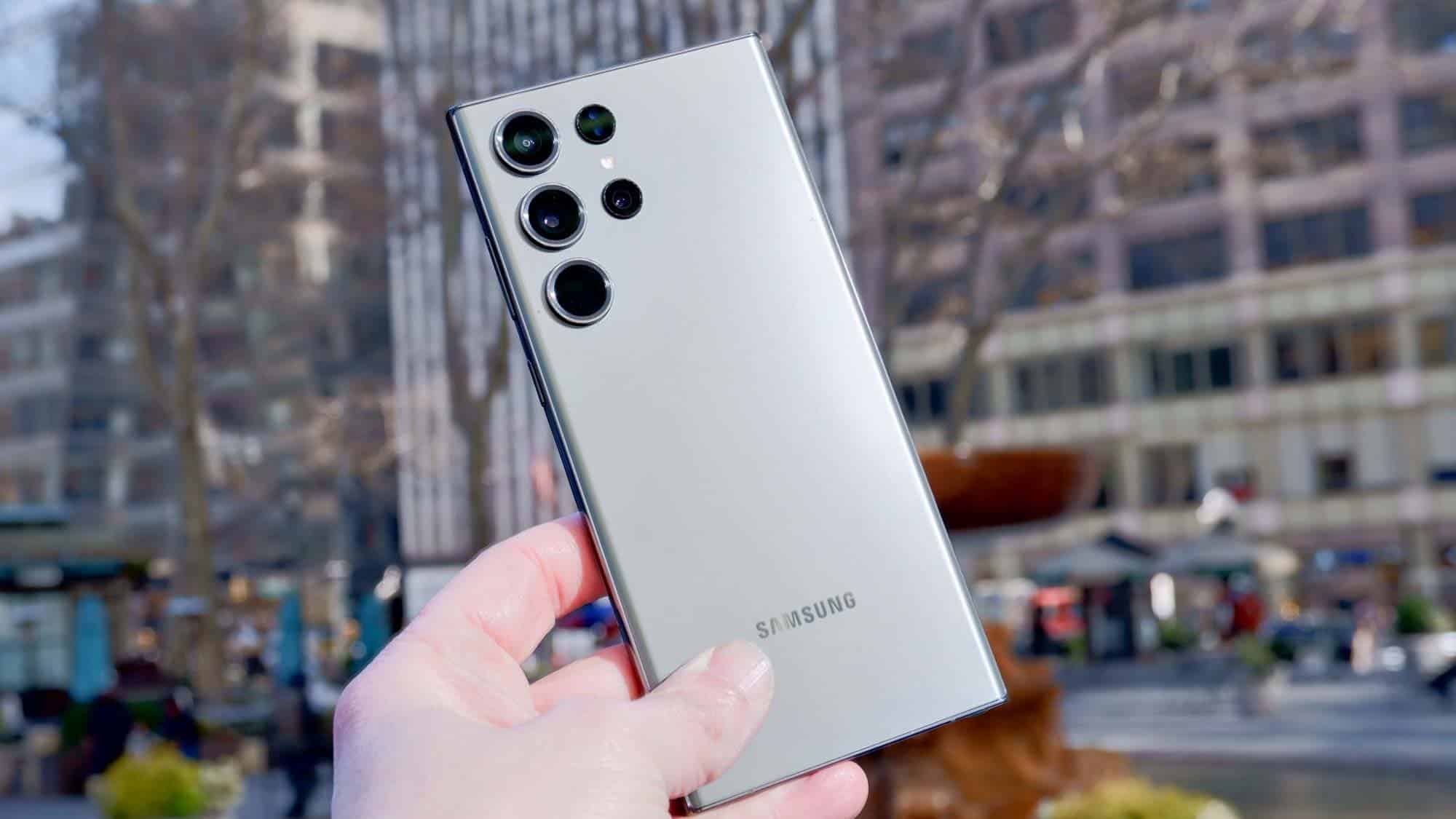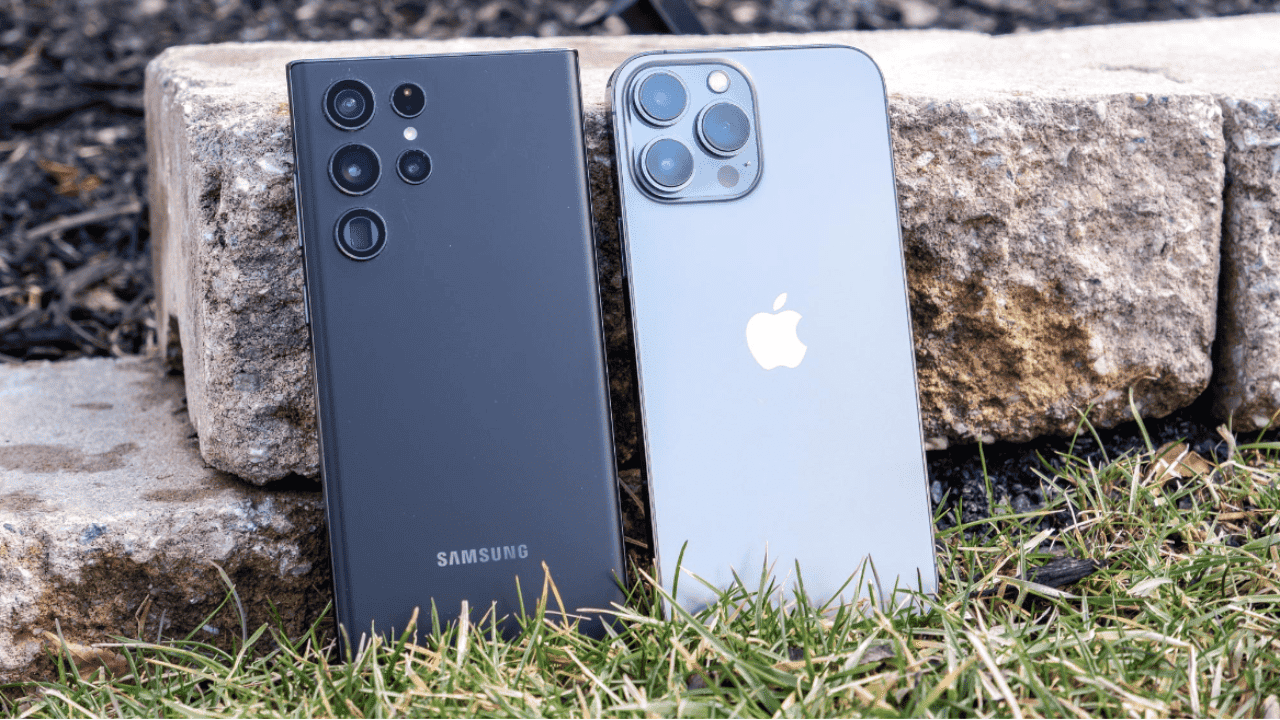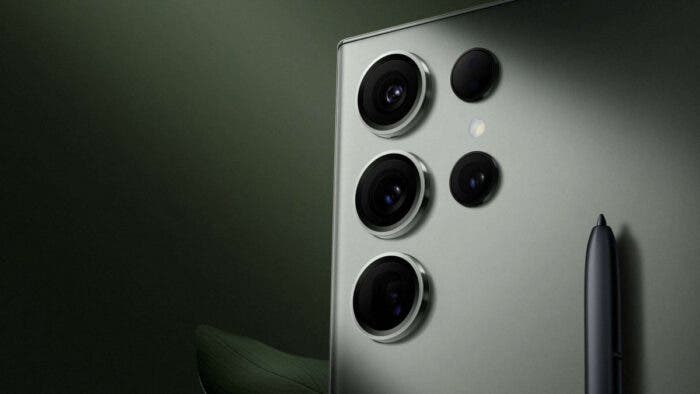Samsung, the South Korean tech giant renowned for its innovation, is once again making waves in the world of photography. Recent revelations on social media platforms have provided an exciting peek into the development of four groundbreaking photographic sensors by Samsung, featuring resolutions ranging from 50 MP to an astounding 440 MP.
Samsung’s Cutting-Edge 440 MP camera sensors

The sensor that’s been stirring the most curiosity and excitement among tech enthusiasts is the remarkable 440 MP sensor. However, don’t get your hopes up about seeing it in your next smartphone. It appears that this powerhouse of a sensor is destined for applications beyond the consumer market.
The Inside Scoop on Samsung’s Sensor Advancements
The tantalizing information we’re about to delve into was brought to light by a user known as Revegnus, who shared a glimpse into Samsung’s ongoing projects within their photographic solutions development department on the social network X.
At first glance, the numbers are nothing short of impressive, particularly the 440 MP HU440 sensor. Yet, it’s crucial to note that this component is unlikely to ever find its way into a smartphone. Instead, its true value lies in the automotive industry and various other industrial sectors.
Descending the resolution ladder, we encounter the 320 MP sensor, which holds a more plausible prospect of finding its place in a future Galaxy S-series model. However, patience is key here, as it’s unlikely to hit the market before the launch of the Galaxy S26 Ultra.
Samsung’s 200 MP HP7 sensor is also in the pipeline, potentially making its debut with the Galaxy S25 Ultra. But here’s the catch – the high production costs associated with this sensor could pose challenges to its integration.
Now, let’s shift our focus to Samsung’s 50 MP sensor, a potential game-changer in the world of smartphone photography. What sets this sensor apart is its generous one-inch size, positioning it as a formidable competitor to Sony’s IMX 989 sensor.
Interestingly, Samsung’s 50 MP GN50 sensor is expected to primarily find its home in devices from Chinese smartphone brands. Samsung itself considers it too cost-prohibitive for its own offerings, signaling the company’s strategic choices in the market.
The Contradictions and Cautions
Revegnus, the source behind this exciting leak, suggests that the high development costs associated with these four sensors may prevent their integration into Samsung’s own smartphones. However, there’s a puzzling contradiction in his own predictions, particularly concerning the 200 MP HP7 and 320 MP sensors, which are expected to grace future generations of Galaxy S Ultra phones.
In essence, it’s crucial to exercise caution when digesting this advanced information about Samsung’s forthcoming photographic sensors. While the promise of these components is undeniably thrilling, we must wait patiently for more concrete details and official announcements from Samsung.
Gizchina News of the week
Does the number of megapixels affect camera quality ?

Yes, the number of megapixels can affect camera quality, but it is not the only factor. Other factors that also affect camera quality include:
- Sensor size: The size of the sensor determines how much light the camera can capture. A larger sensor will capture more light, which will result in better image quality, especially in low light conditions.
- Lens quality: The lens is responsible for focusing the light onto the sensor. A good lens will produce sharper images with better contrast and color reproduction.
- Image processing: The camera’s image processing software can also affect image quality. Some cameras have better image processing software than others, which can result in sharper, more detailed images.
In general, a camera with more mega pixels will produce images with more detail. However, if the other factors are not good, the image quality will still be poor. For example, a camera with 100 megapixels but a small sensor and a poor lens will not produce images as good as a camera with 20 MP but a large sensor and a good lens.
So, how many megapixels do you need? It depends on your needs. If you want to print large images or crop heavily, you will need a camera with more mega pixels. However, if you are just taking snapshots for social media, a camera with fewer mega pixels will be sufficient.
A good rule of thumb is to get a camera with at least 10 MP. This will give you enough detail for most applications. If you are a serious photographer, you may want to consider a camera with more megapixels. However, be sure to also consider the other factors that affect image quality, such as sensor size and lens quality.
Here are some additional tips for choosing a camera with good image quality:
- Read reviews from other photographers.
- Look for a camera with a large sensor.
- Choose a camera with a good lens.
- Consider the camera’s image processing software.
- Experiment with different cameras and lenses to find the ones that produce the best images for you.
Verdict
Samsung‘s relentless pursuit of innovation in the realm of photographic sensors is nothing short of impressive. These four sensors, ranging from 50 MP to a staggering 440 MP, hint at a future where smartphone photography reaches new heights and industrial applications become more sophisticated.
The tantalizing glimpse offered by Revegnus has sparked excitement among tech enthusiasts and industry observers alike. However, until we receive official confirmation and a clearer roadmap from Samsung, it’s best to remain cautiously optimistic about the potential of these cutting edge sensors.
In the evolving world of technology, one thing is certain: Samsung’s commitment to pushing the boundaries of what’s possible in photography ensures that the future of imaging holds many exciting possibilities.





